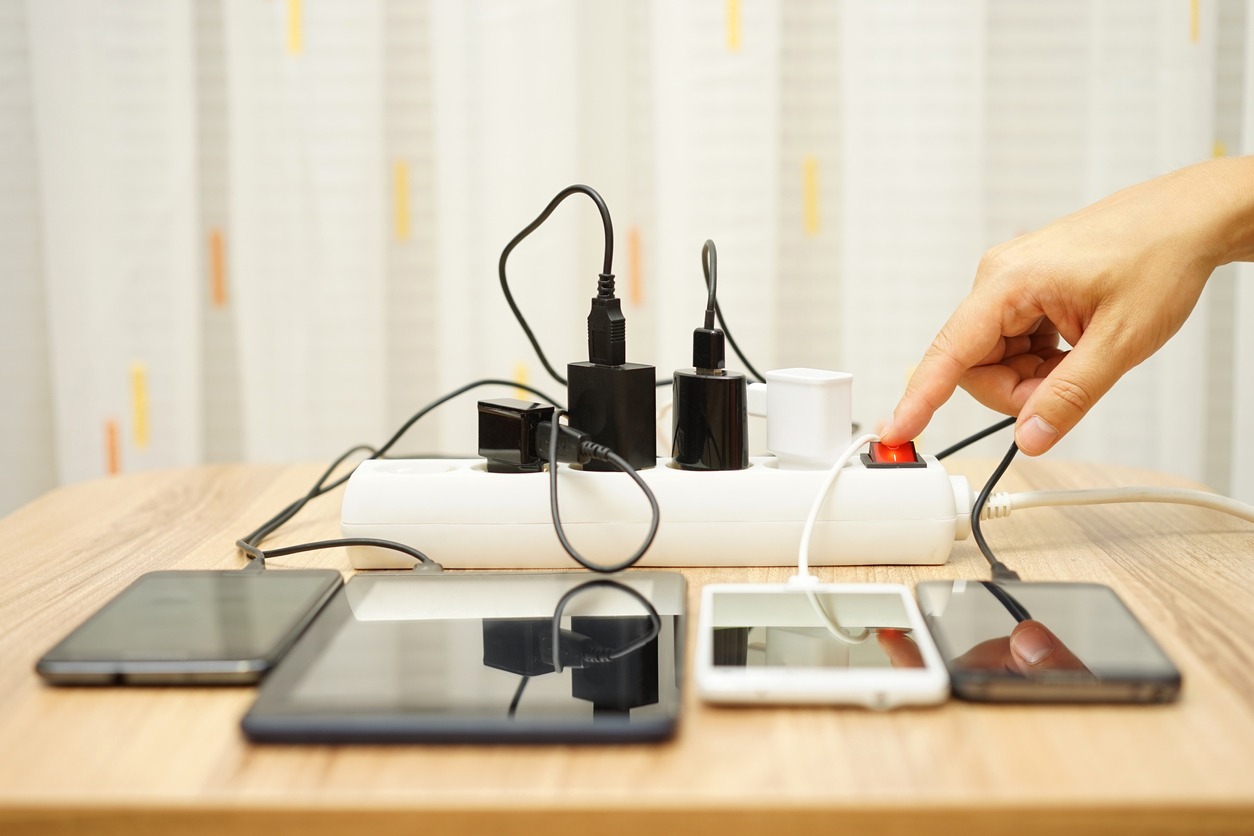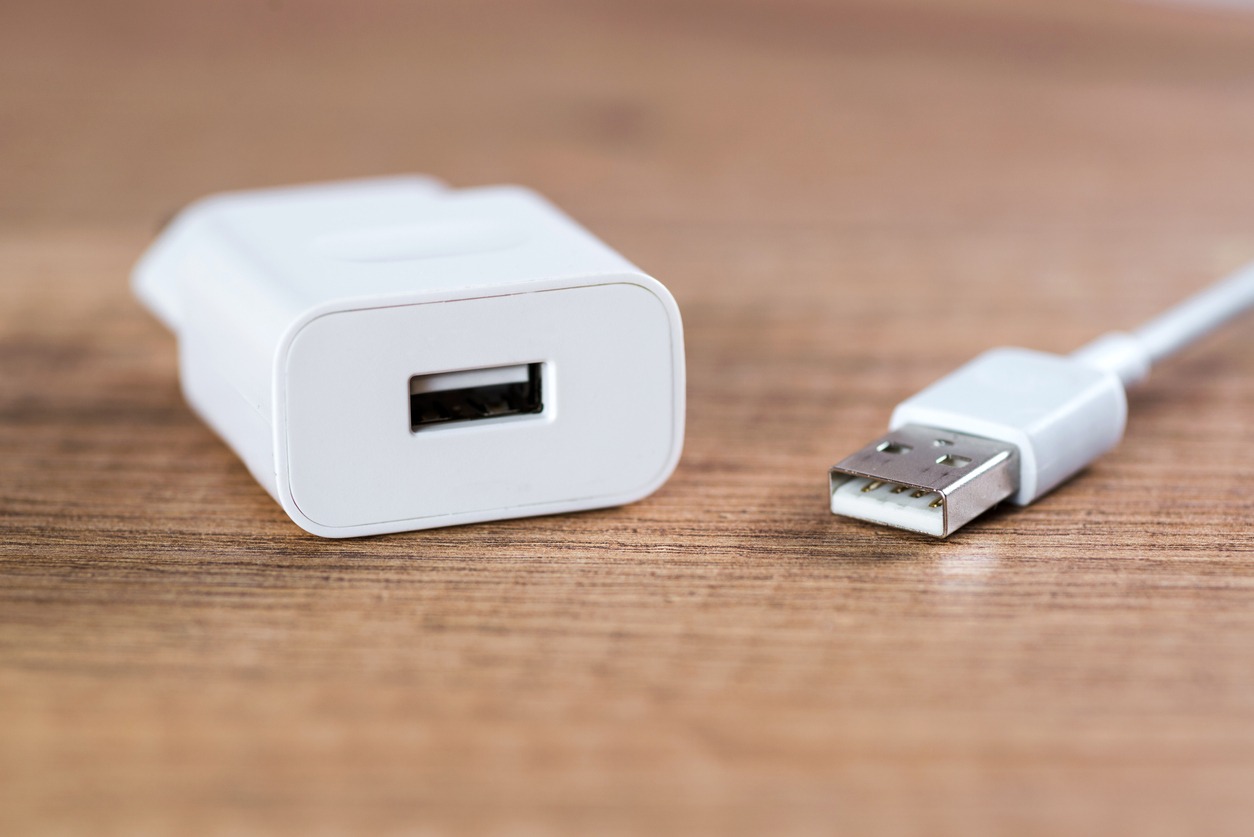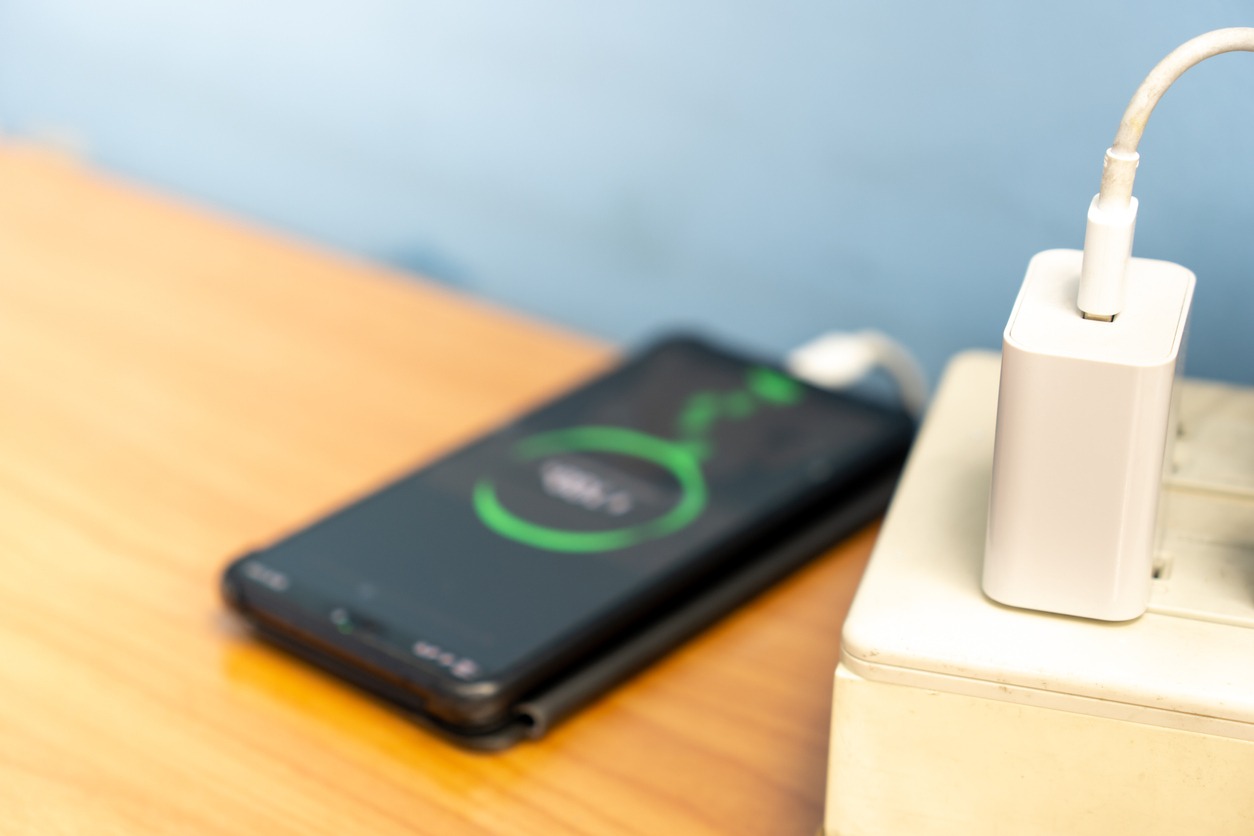The common misconception about chargers that come with flashy, expensive new devices is that they’re the fastest or the most reliable. That is entirely untrue. Even some top-tier smartphone manufacturers continue to bundle slower chargers with their smartphones. Apple is one of them, leaving you wondering why we don’t get fast chargers with such expensive devices. Brands like Apple want you to pay more for their supposedly fast chargers, but other chargers work as well (or even better) that wouldn’t put a big dent in your pocket.
Also, consider buying a replacement wall charger if the stock charger breaks or stops working altogether (or if you forgot it at some hotel 500 miles away). However, with so many options available, it can become challenging to pick a reliable charger that keeps your smartphone juiced up. This guide covers the basics of buying a smartphone and tablet charger.
Essential factors to consider when buying a charger
Chargers can broadly be categorized into four categories, e.g., wall or socket, AC, car battery, battery-only, portable chargers, power banks, and solar chargers. Portable and car chargers are a must for frequent travelers and people who usually find themselves far from a power socket.
Choosing the suitable charger is not only essential to keeping your devices charged, but it also ensures that you are ‘properly’ juicing them up and not causing any damage over time. That’s why it’s highly recommended to avoid cheap chargers and knockoffs, as they are usually insanely slow and can cause damage to the battery and logic board.
Battery-only chargers are useful for the few lucky people who still own a phone with a removable battery and like to carry a spare battery with them. This post focuses on wall chargers, but most of the things you need to consider while buying them also apply to other types of chargers.
1. Charging port
Figuring out the charging port your phone has is pretty straightforward. Most modern Android phones come with a USB-C port, while older ones (and many newer ones) use micro-USB ports. Apple uses the Lightning port, but you can also charge its devices using adapters such as Lightning-to-micro-USB or USB-C adapters.
When it comes to charging ports, the real difference in most cases is between charging cables, and you can use the same charger to juice up different devices with different types of ports.
2. Voltage (V)
Voltage is an essential factor to consider when buying a wall charger, and it’s like the pressure water exerts when flowing through a pipe. It would be best if you match the rated voltage of your smartphone with the charger (both should be the same). 5V has been the standard for quite some time, but quick charging solutions such as Qualcomm QC 2.0/3.0 support higher voltages like 9V/12V.
You don’t have to worry much in this regard as the device only allows a specific amount of current to get through, even if you use a high-ampere charger. You should be looking for chargers that provide at least 2A current. Otherwise, it would take quite some time to charge most smartphones and tablets.
3. Amperage (A)
Amperage is represented in amperes (A) and is similar to the volume of water that is flowing through a pipe. The greater the amperage, the less time it should take to charge a device. However, some smartphones and other devices limit the amount of current that can flow to charge the battery.
You don’t have to worry much in this regard as the device only allows a specific amount of current to get through even if you are using a high-ampere charger. You should be looking for chargers that provide at least 2A current otherwise it would take quite some time to charge most smartphones and tablets.
4. Power output (W)
Power (represented in watts or w) is simply VxA, which means the more the voltage and amperage, the higher the total power output. For example, a 5V/2A charger can theoretically provide a total power output of 10W, while a fast charger (9Vx2A) can provide an output of 18W, which is significantly higher, provided the device supports fast charging.
5. Quick charging
There are many quick charging solutions available, which sadly for consumers are not cross-compatible. For example, OnePlus uses dash charging that’s insanely fast, but not compatible with Qualcomm Quick Charge devices.
Make sure to check your phone specifications and buy a charger that supports the fast-charging technology your phone or tablet is compatible with. Qualcomm Quick Charge is the most widely used quick charging solution, but you can still use QC-compatible chargers with phones that use another fast-charging technology (such chargers will charge at a slower or default speed).
The Qualcomm Quick Charge tech is backwards compatible, e.g., QC 3.0 chargers that are also compatible with devices that support QC 2.0 and 1.0 and would default to the charging tech a device is using.
6. Brand reputation and customer reviews
Chargers made by reputable brands such as Anker have been tested for reliability and performance and come with international certifications such as CE. These chargers cost more than non-branded or cheap ones but are worth the money, considering you’ll be charging one of the most expensive pieces of tech. Also, check out customer reviews before buying any charger to make sure a seller is not ripping you off with a counterfeit product.
The takeaway
Fast-charging technologies like Anker’s PowerIQ are comparable to Qualcomm’s Quick Charge 3.0, so your buying decision should not be entirely based on whether a charger supports QC or not. Most chargers from reputable brands can ‘sense’ the charging requirements and adjust power output accordingly, which saves you from having to check for compatibilities manually.
Regardless of your budget and charging requirements, buyers should stick with known brands and avoid saving a few bucks and putting their devices at risk.


